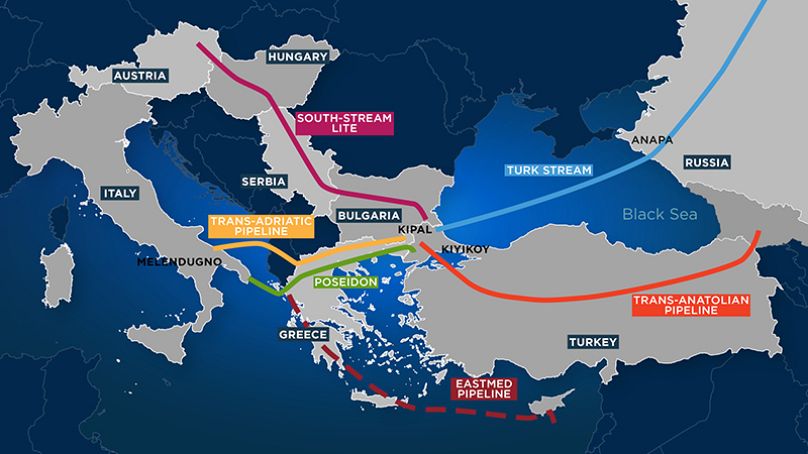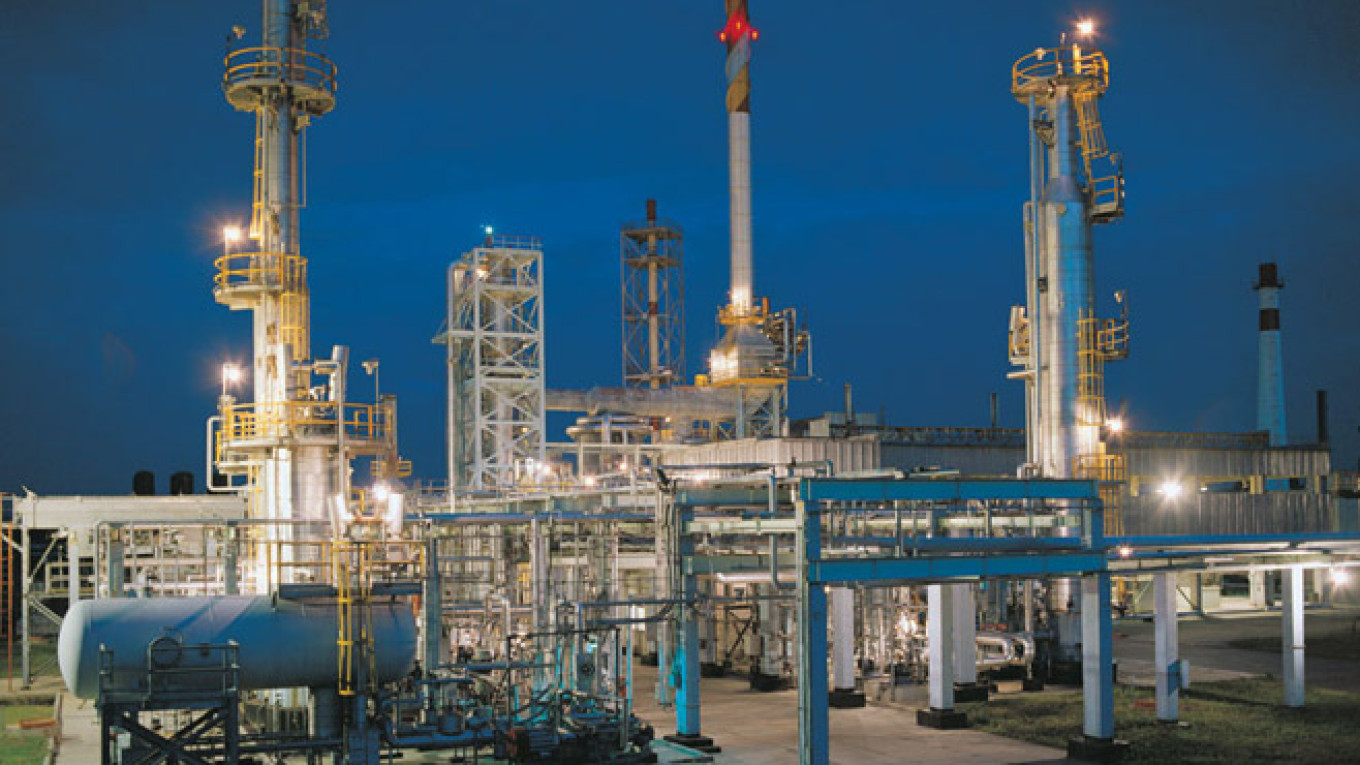In a video published on its official YouTube channel, the Security Service of Ukraine (SBU) showcased maritime drones deployed to carry out a targeted attack on Russian aircraft and ships in Kerch Bay, located in the temporarily occupied Crimea.
This operation, conducted during the night of December 5-6, 2024, highlights a new advancement in Ukraine's use of autonomous military technologies.
Storm-hit Russian petroleum tankers trigger fears of fuel spills in Black Sea
One vessel’s prow breaks off and another craft runs aground in Kerch Strait off Crimea
Ukrainian Maritime Drones Target Russian Aircraft and Ships in Crimea in Precision Strikes.
16 Dec, 2024 - 13:09
Developed through collaboration between SBU engineers, the Ukrainian Navy, and private companies, the Sea Baby has quickly evolved into a multi-purpose platform (Picture source: Ukrainian MoD)
The SBU widely publicized the event, releasing a video showing Sea Baby maritime drones equipped with a large-caliber machine gun module, likely 12.7 mm
. These drones feature advanced ballistic programming for automatic targeting and acquisition of both aerial and surface targets. This technological integration enhanced the effectiveness of strikes against Russian assets, including helicopters and a barge carrying personnel and military equipment.
The Sea Baby is an unmanned surface vehicle (USV) developed by the SBU to address tactical needs arising from the Russian invasion. Designed for versatility, this maritime drone can carry an explosive payload of up to 850 kg for kamikaze missions or be equipped with various specialized modules, such as guided missile launchers or laser guidance systems.
- Capable of reaching a maximum speed of 90 km/h and boasting an operational range exceeding 1,000 kilometers, the Sea Baby excels in targeting both port infrastructure and moving ships.
- Since its commissioning in 2023, it has been jointly operated by the SBU and the 385th Maritime Drone Brigade, the world’s first unit dedicated to the use of such systems.
Despite the early detection of the drones by Russian forces, their aviation was unable to respond effectively.
- Approaching Russian Mi-8 helicopters were immediately targeted, and some sustained damage thanks to the drones' advanced fire control systems.
- According to intercepted communications by the SBU, human casualties were reported aboard the damaged helicopters. Alongside the helicopters, Su-30 fighters and Raptor-class patrol boats were also deployed to counter the attack, but with little success. The maritime drones managed to leave the area after completing their mission, forcing Russian aircraft to retreat to their base.
This action underscores Ukraine's innovative strategy, leveraging advanced control technologies. Several maritime drones were equipped with aerial drones to document the strikes. Footage shows these drones taking off to capture images of the attacks, providing visual evidence of the inflicted damage.
Previously, Ukraine had demonstrated the effectiveness of its maritime drones by targeting gas platforms seized by Russian forces in the Black Sea.
TurkStream: Europe needs gas and Russia has it - the story behind that new pipeline
These tactical successes mark a turning point in the use of unmanned surface vehicles in high-intensity operations. Reports also indicate that Polish Gavia drones, recently supplied to Ukraine, were tested for similar attacks, including against the Crimean Bridge.
This offensive highlights the growing capabilities of Ukrainian forces in integrating maritime drones for complex missions. The results of this special operation reflect the rapid evolution of military technologies employed by Ukraine to address the challenges posed by the conflict with Russia. These advancements also emphasize the crucial role of research and development in modern warfare, where precision and system autonomy are key factors.
This attack in Kerch Bay marks a moment in the ongoing conflict, underscoring the increasing importance of armed maritime drones in contemporary military operations. The use of a remote-controlled machine gun module, combined with automatic targeting systems, enabled Ukraine to carry out a bold operation and inflict strategic damage on Russian aviation and infrastructure. This development signals a likely increase in the reliance on such technologies in the future, redefining the dynamics of modern battlefields.
This attack in Kerch Bay marks a moment in the ongoing conflict, underscoring the increasing importance of armed maritime drones in contemporary military operations. The use of a remote-controlled machine gun module, combined with automatic targeting systems, enabled Ukraine to carry out a bold operation and inflict strategic damage on Russian aviation and infrastructure. This development signals a likely increase in the reliance on such technologies in the future, redefining the dynamics of modern battlefields.



.jpg)




.jpg)


No comments:
Post a Comment